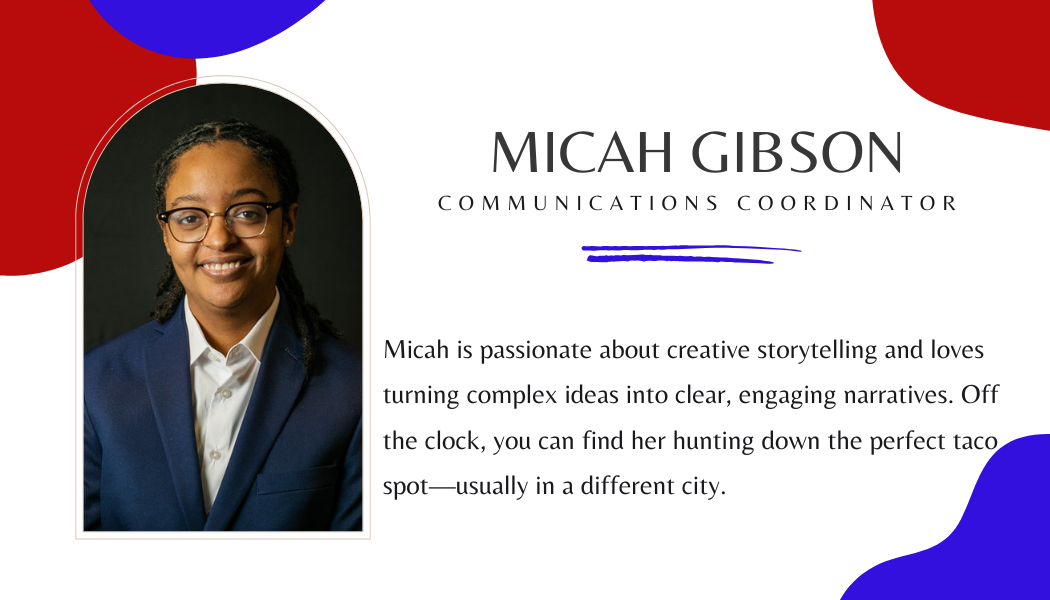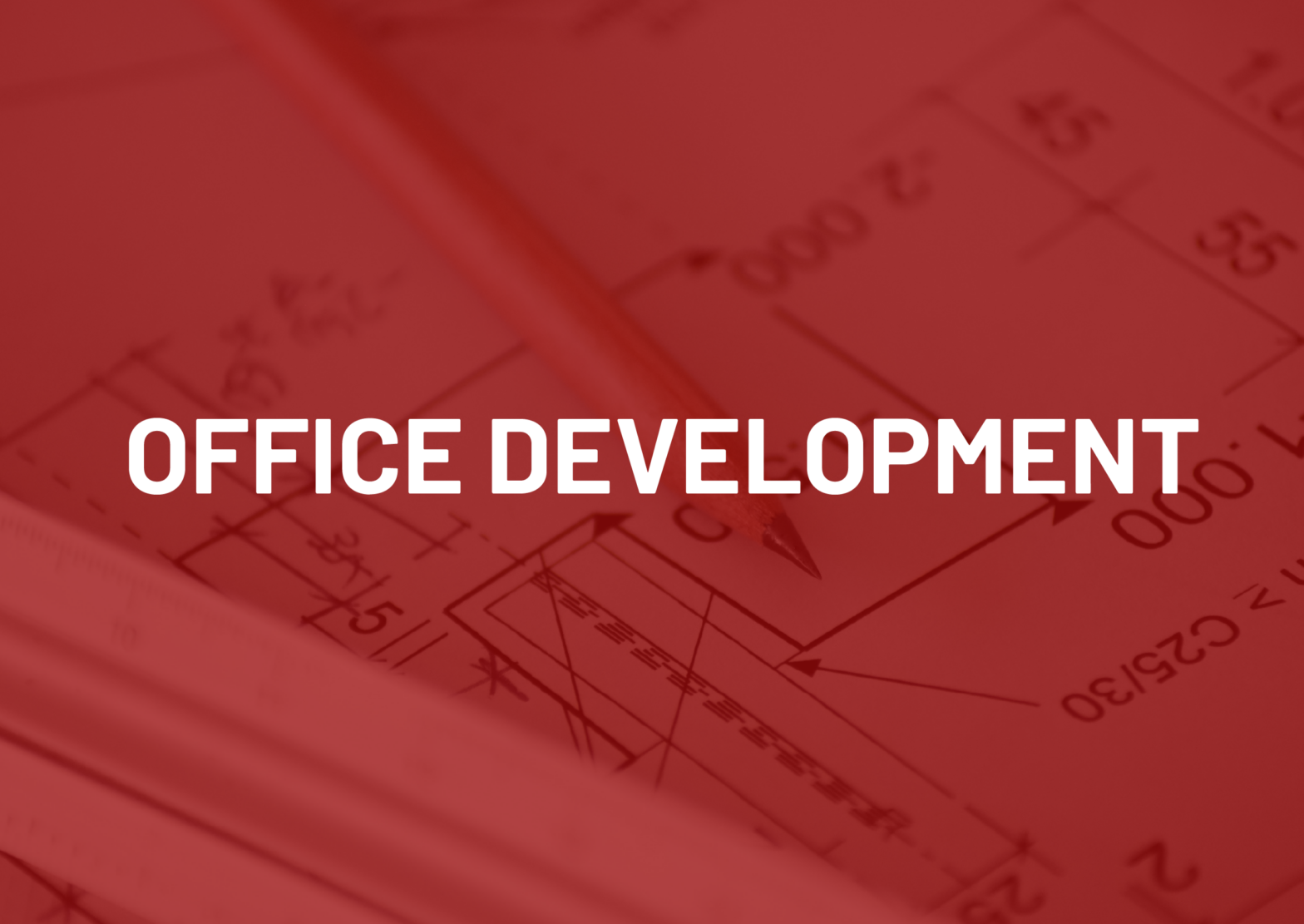Harmony in Transition: Keeping Your Procurement Team Strong Through Change
As the public procurement workforce continues to evolve, organizations face challenges from staff retirements, unexpected leaves, and the departure of high-performing employees seeking new opportunities. These transitions can create significant knowledge gaps, disrupt operations, and stall strategic initiatives—unless organizations plan ahead.
During a recent 2025 Annual Conference session, Harmony in Transition: Orchestrating Succession with Soul, Kelly Martini, Chief Procurement Officer, Commonwealth of Pennsylvania, and John Red Horse, IT Procurement Manager, State of Arizona, shared their expertise on preparing procurement offices for inevitable workforce transitions. In this article, you’ll learn practical strategies to help your team prepare for change, hold on to valuable knowledge, and stay strong and adaptable through whatever changes come your way.
Make Succession Planning Part of Your Operations
Succession planning shouldn’t just happen when someone turns in their retirement notice. Take a step back and assess where your organization stands today and then consider what’s coming in the next few years, who might retire, who has critical organizational knowledge, and what roles are most essential to daily operations.
Ask yourself:
- Which positions would be hardest to fill if someone left tomorrow?
- How much of our organizational knowledge is tied to just one person?
- Do we have a plan and resources in place to train new employees when the time comes?
Creating a clear picture of your workforce, whether through a visual like a chart, or even learning more through internal team discussions, can help you identify gaps or where gaps might form if a formal plan isn’t in place. The goal isn’t to predict the future but to understand your team and their functions well enough to plan for it.
Taking time to think through these questions and scenarios allows you to respond to change with confidence instead of urgency.
Create Space for Job Position Overlap
Institutional knowledge is one of an organization’s most valuable assets and can be one of the easiest to lose. When an employee retires or moves on, years of expertise within the organization and their roles walks right out the door with them. Capturing that knowledge and creating opportunities for hands-on training before transitions occur are essential to maintaining continuity.
One creative approach Pennsylvania has implemented involves establishing temporary “wage positions”— short-term roles added to the staff to complement someone who is preparing to retire.
This allows a successor to begin in their new position, at their regular salary, while the retiring staff member is still available to provide training and mentorship as support. This overlap gives the incoming employee valuable hands-on experience, while ensuring critical processes and knowledge don’t get lost in the transition.
Encouraging staff to document procedures, supplier relationships, and key organizational insights ensures valuable knowledge stays within the organization and is easily accessible to keep work moving forward without interruption.
Once the handoff is complete, that temporary position can be moved elsewhere to meet other staffing needs.
However, not every state has the flexibility to create overlapping positions or temporary roles. In those cases, training can still happen through intentional planning and collaboration. Organizations can create step-by-step process trainings, or pair employees for shadowing and mentoring during the final months of a transition.
No matter the structure, the key is to make training a high priority as positions transition to new employees. We encourage offices to look to NASPO for additional training opportunities, resources, and support through its professional development funds, which provide annual funds for each state to invest in ongoing learning and skill-building.
To further support members, NASPO has developed tools within our 2024 Partnership Forum on Navigating Workforce Challenges and Talent Management Roadmap to help procurement professionals navigate available resources and identify clear pathways for career advancement at every stage. In addition to these tools, NASPO also offers a range of learning opportunities, including:
To ensure that professional development remains accessible to anyone in the public procurement field.
Foster a Culture of Growth
While retirements often drive the conversation around workforce planning, they’re far from the only staffing changes organizations need to anticipate. Equally important is preparing for the movement that happens within your workforce—promotions, transfers, and new opportunities that come with growth. Encouraging internal mobility, sometimes referred to as “respectful poaching,” is one way to help employees advance while keeping valuable talent and knowledge within the organization.
Every agency handles this differently, depending on its structure and policies. The goal remains the same: to create pathways for development that strengthen the organization from within.
When those opportunities arise, communication and respect are key. For instance, if a position opens and a manager wants to interview a candidate from another department, it’s best to coordinate openly, letting the employee’s current supervisor know ahead of time and ensuring the candidate is informed as well. This kind of transparency helps maintain trust across teams and supports a culture where professional growth is encouraged, not competitive.
Arizona’s succession planning approach reflects this mindset by broadening the focus beyond retirements to include promotions, transfers, and other transitions. When employees can move into new roles or departments within the same organization, it strengthens collaboration and builds teams that are more flexible, capable, and ready to adapt.
This approach also encourages leaders to identify key roles and responsibilities at every level, from entry roles to senior management, and to consider the specialized areas or skills tied to those positions. In Arizona, for example, that includes fields like IT and aviation procurement, where maintaining up-to-date expertise is critical.
When organizations plan intentionally at every level, transitions become opportunities for growth rather than disruption.
Think Beyond Succession Planning
Transitions aren’t just operational—they’re personal. Change can stir uncertainty, and leadership plays a key role in setting the tone. Transparently communicate early and often when shifts occur. Recognize the contributions of departing team members, support those stepping into new roles, and reassure your team plans are in place to keep operations running.
A culture that values open discussions, learning, and leadership support will help weather transitions more smoothly than one that avoids tough conversations.
Additional Resources:
- ProcurementU: Hiring and Retaining Diverse Talent
- ProcurementU: Internships: Developing a Pipeline in Your State
- NASPO Pulse Blog: The Potential of Skills-Based Hiring in Public Procurement
- NASPO Pulse Blog: Unlocking Career Pathways Through Talent Development
- NASPO Procurement Guide for Executive and Legislative Leadership

